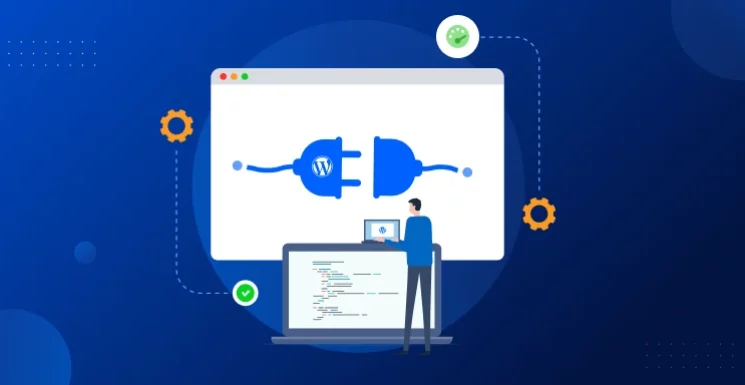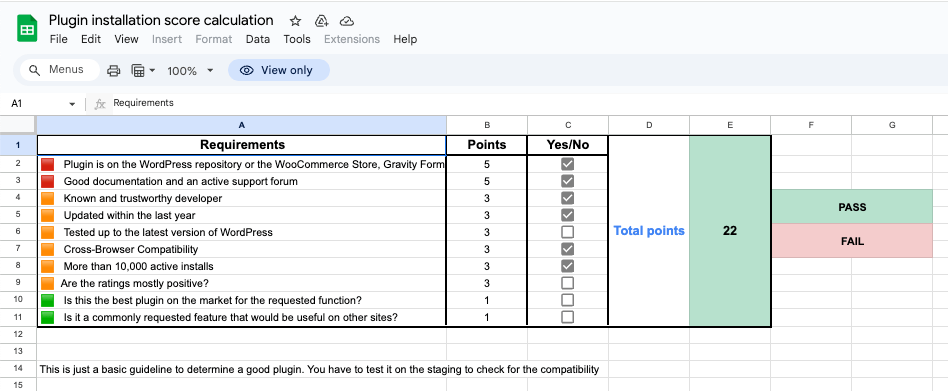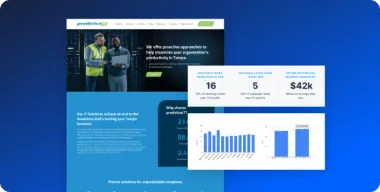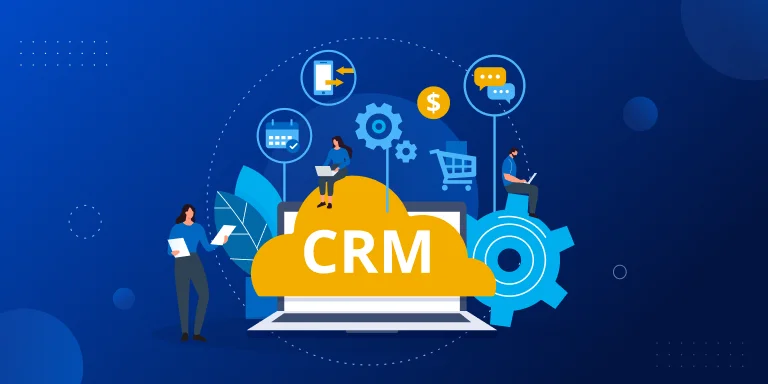It’s one of the most common questions WordPress website owners ask:
“I need to add [specific feature] to my website. I found a plugin, but I’m worried… Do WordPress plugins slow down my site?“
If you’re asking this, you’re already thinking critically about your website’s health and performance – which is crucial for success online. Understanding how plugins affect your site is key to making informed decisions.
So, let’s dive into the answer.
The Short Answer: Yes, They Can.
There’s no getting around it: Every plugin you add to your WordPress site introduces new code. This code needs to be loaded and processed by the server and the visitor’s browser. Sometimes plugins also add database queries or load external scripts. All of this can contribute to slower loading times, as detailed in many plugin speed tests and analyses.
But Wait, It’s Not All Bad News!
However, it’s not as simple as “plugins = slow site.” The real impact depends heavily on the quality, purpose, and number of plugins you’re using.
Think of it like apps on your phone. Some are lightweight and efficient, barely making a dent. Others are resource hogs that slow things down. Plugins are similar.
A well-coded plugin, designed for a specific task and built with performance in mind, might have a negligible impact. On the other hand, a poorly coded, bloated plugin trying to do too many things (or doing one thing inefficiently) can definitely drag your site speed down.
“Okay, So… Can I Just Install Any Plugin I Find?”
Definitely not! This is where many website owners run into trouble. The official WordPress repository and other marketplaces have thousands of plugins, and sadly, they aren’t all created equal.
Installing the first plugin you find without checking it out first can lead to:
- Performance Issues: Like we just discussed, slow loading times (check out our other WordPress performance tips too).
- Security Vulnerabilities: Outdated or poorly coded plugins are common targets for hackers, compromising your site’s WordPress security.
- Conflicts: Plugins can sometimes clash with your theme or other plugins, causing parts of your site to break.
- Poor User Experience: A slow or broken site frustrates visitors and can harm your reputation and SEO.
“How Do I Know if a Plugin is Safe and Worth Installing?”
This is the crucial part: you need a vetting process. At Pronto, we take plugin selection very seriously because the stability and performance of our clients’ sites are paramount. We even developed our own Plugin Scoring System to evaluate potential candidates.
While you can check out our detailed system here, here are the key things you should look for before hitting “Install”:
- Source: Is it from the official WordPress.org repository, a known reputable marketplace (like the WooCommerce store), or directly from a trusted developer (like Gravity Forms)? Be wary of random download sites.
- Last Updated & Compatibility: Has it been updated recently (ideally within the last few months)? Is it tested and compatible with the latest version of WordPress? Outdated plugins are red flags for security and performance issues.
- Active Installations & Reviews: Does it have a decent number of active installs (e.g., 10,000+ often indicates wider adoption and testing)? What do the reviews say? Look for patterns in positive and negative feedback. High ratings are good, but read why.
- Support & Documentation: Is there clear documentation available? Does the developer actively respond to questions in the support forums (on WordPress.org) or offer dedicated support? Active support suggests the developer cares about their product.
- Developer Reputation: Is the developer known for other quality plugins? A good track record is a positive sign.
- Purpose: Does the plugin do exactly what you need, or is it bloated with extra features you’ll never use? Sometimes a simpler, focused plugin is better.
Taking a few extra minutes to check these factors can save you hours of headaches later.
“What if I Don’t Need a Whole Plugin? Are There Alternatives?”
Absolutely! Sometimes installing a plugin is overkill. Here are common alternatives:
- Check Your Theme/Existing Plugins: Does your current theme or another plugin you already use offer the functionality you need? Many premium themes and page builders have features built-in that you might not be aware of.
- Code Snippets: For very simple tweaks (like adding a tracking script, changing a default text string, or a minor style adjustment), a dedicated plugin might be unnecessary. These can often be added via:
- Your theme’s settings (some offer custom code sections).
- A dedicated “Code Snippets” plugin (yes, a plugin to manage not needing other plugins for small code!). This is often safer than editing theme files directly.
- Tools like Google Tag Manager for marketing/analytics scripts. This is often the best way to manage tracking scripts without slowing down the initial page load.
- External Services: Sometimes, the functionality is best handled by a dedicated external service that integrates with your site (e.g., using a dedicated email marketing platform instead of a heavy WordPress-based one).
- Custom Development: For complex or unique requirements, sometimes a custom-coded solution is the most efficient and performant option, though it usually involves development costs.
Rule of Thumb: When to Install vs. When Not To
- Install a plugin when:
- You need complex functionality that’s well-established (e.g., SEO with Yoast/Rank Math, forms with Gravity Forms/WPForms, eCommerce with WooCommerce – we also offer eCommerce website development).
- The plugin is well-vetted using the criteria above (updated, supported, good reviews, etc.).
- Building the functionality yourself would be significantly more time-consuming or expensive.
- It’s a feature requested by multiple clients (like for us at Pronto, indicating market leadership and reusability).
- Avoid installing a plugin when:
- You only need a tiny piece of its functionality (e.g., installing a massive slider plugin just to add one tracking script).
- The task can be easily achieved with a simple code snippet or existing theme/plugin settings.
- The plugin hasn’t been updated in ages, has poor reviews, or low installs.
- You can achieve the same result using an external service more efficiently (like managing analytics scripts via Google Tag Manager).
Our Approach at Pronto
We manage hundreds of WordPress sites for small businesses just like yours, many relying on local SEO, and some using WooCommerce or memberships. Performance and reliability are non-negotiable. That’s why we rigorously vet every plugin using our scoring system and rely on tools like MainWP to efficiently manage updates and maintenance across all sites as part of our WordPress maintenance services. We prioritize lean, high-performing plugins that deliver real value without unnecessary bloat.
Conclusion: Plugins Can Impact Performance, Choose Wisely
Plugins are powerful tools that make WordPress incredibly flexible. They can impact performance, but by choosing high-quality plugins wisely, vetting them carefully, and considering alternatives when appropriate, you can build amazing features into your website without grinding it to a halt.
Don’t be afraid of plugins, but do be selective!
Got questions about a specific plugin or your site’s performance? Feel free to reach out to the Pronto Marketing support team – we’re always happy to help!







